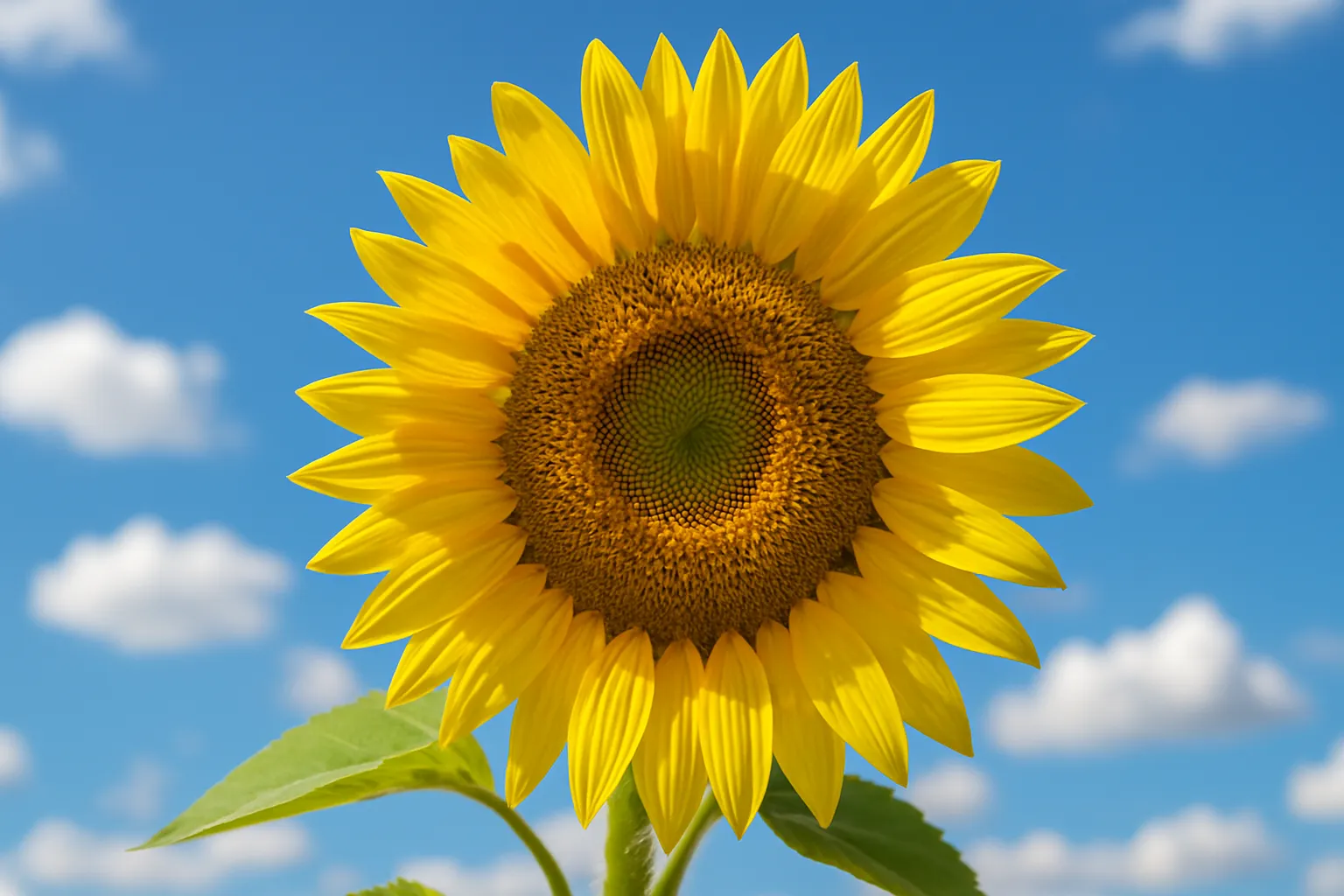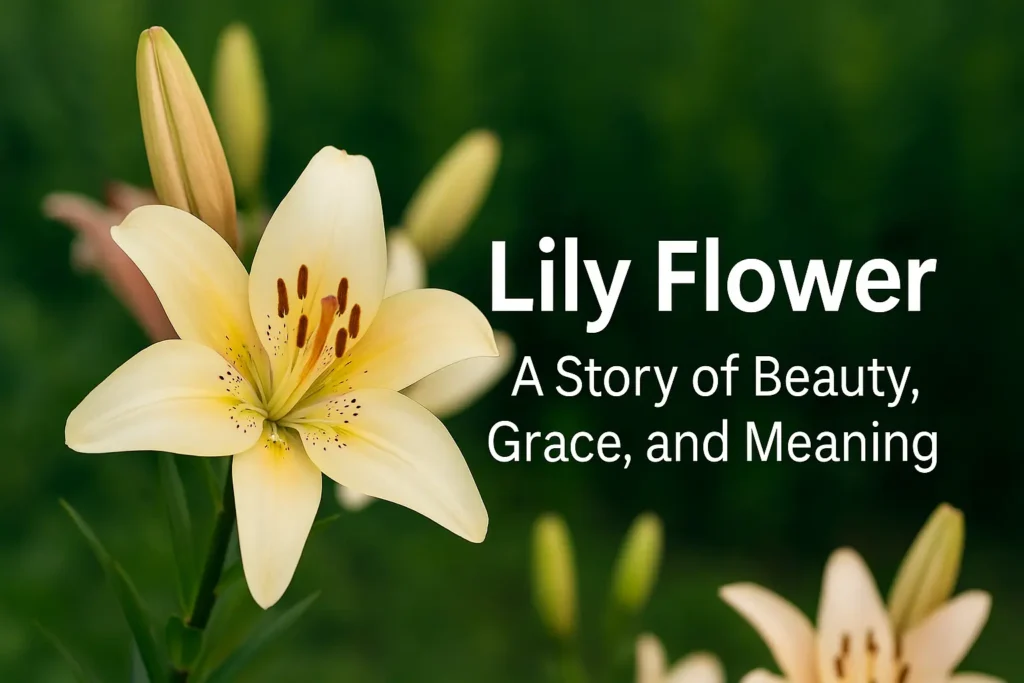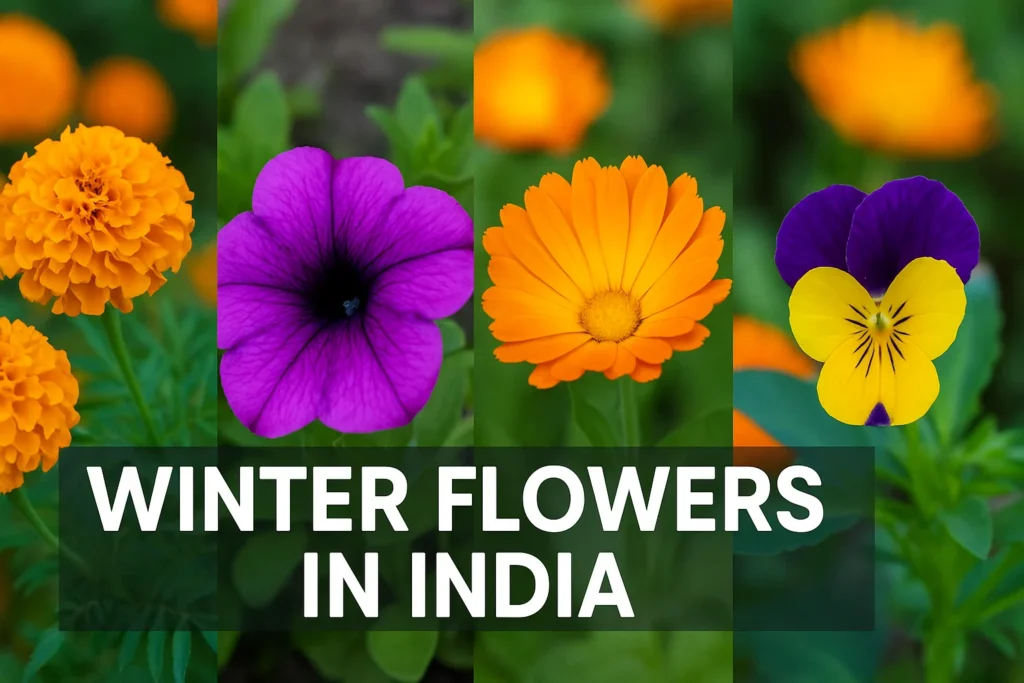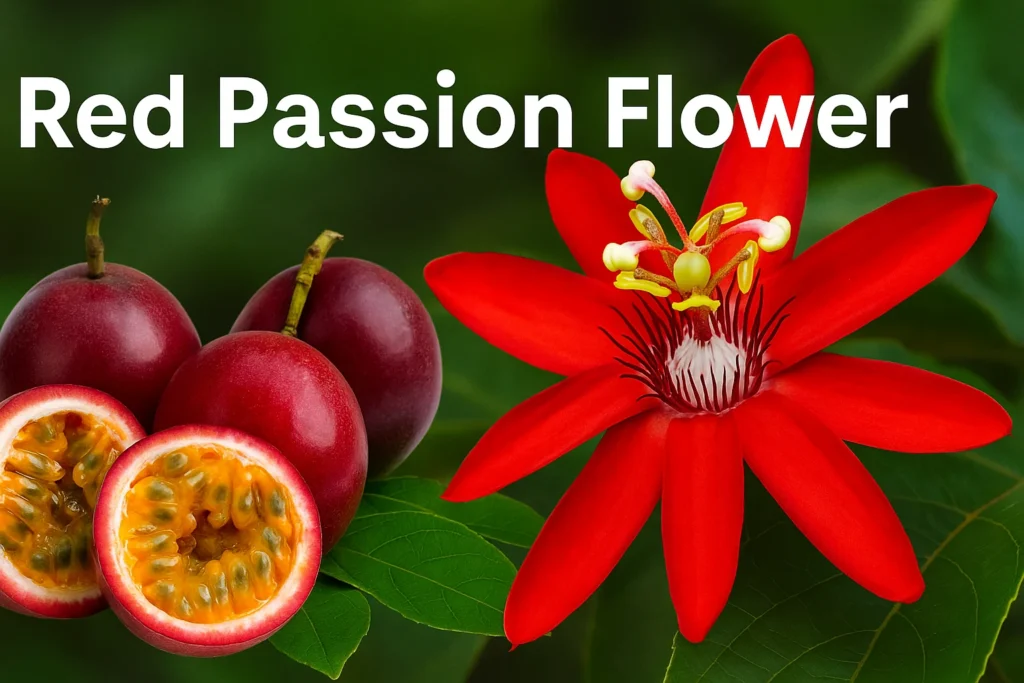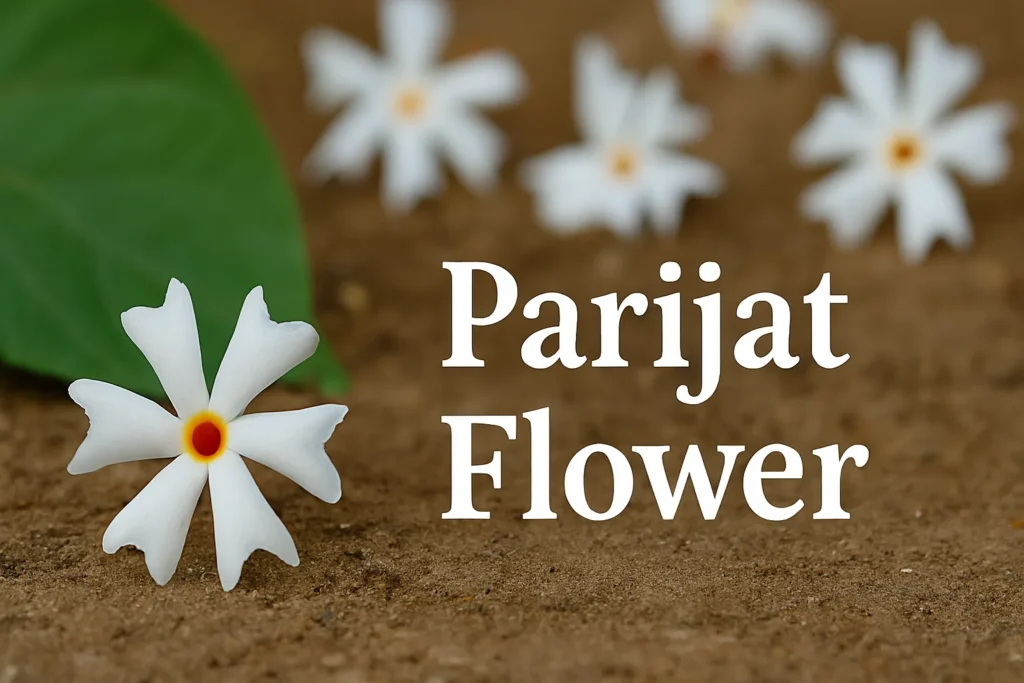The sunflower—known also as suryamukhi or surajmukhi in India—is more than just a bright, cheerful bloom you spot in gardens or fields. With its radiant petals and stately stalk, the sunflower truly lives up to its sunny name, delivering good vibes and energy wherever it grows. But there’s a lot more to this iconic flower than meets the eye. Whether you’re a gardening enthusiast or simply someone who enjoys flowers, let’s dive deep into the fascinating world of sunflowers: their varieties, symbolism, uses, and surprising quirks.
The Common Sunflower: Nature’s Showstopper
Before we explore the many shapes and shades, let’s get to know the classic: the common sunflower (Helianthus annuus). Picture tall, sturdy stems topped with giant, golden-yellow faces that seem to smile at the sun. Native to North America, common sunflowers can grow impressively tall—sometimes reaching up to 10 feet! Their large, coarse leaves and distinctively hairy stems make them instantly recognizable.
Besides lighting up any landscape, surajmukhi has practical uses too. Its seeds are packed with nutrients and are a common snack or oil source. In traditional cultures, even the flower heads and leaves have been put to use in medicine, crafts, and even dyes.
Understanding the Sunflower Plant
At first glance, a surajmukhi might appear simple, but there’s a reason it’s earned admiration across the globe. The surajmukhi plant is an annual, meaning it completes its life cycle in just one growing season. These plants prefer warm, sunny climates and can thrive in a variety of soils, given they have enough space for their extensive root systems. Their robust stems not only hold up the impressive flower heads but also withstand wind and weather with ease.
Interestingly, what we call a “single sunflower flower” is actually a clever assembly of tiny individual flowers—hundreds, sometimes thousands—arranged in a spiral that looks like a giant petal ring with a deep brown center. This structure is not only visually appealing but also incredibly efficient for producing seeds.
Colors of the Sunflower: More Than Just Yellow
Most people imagine a suryamukhi as bright yellow, but did you know its colors span a far wider rainbow? While golden yellow is the classic, modern hybridization has gifted us with shades ranging from creamy white and fiery orange to deep burgundy and even chocolate brown.
Red sunflowers—such as varieties like ‘Moulin Rouge’ and ‘Chianti’—stand out with their dramatic, wine-colored petals. Orange-hued types like ‘Tithonia Fiesta del Sol’ bring a warm, tropical pop to any garden. There are even multi-colored versions, blending yellows and reds for a real show-stopping effect. Each variety brings its own unique charm and mood, making them a fantastic choice for any garden or bouquet.
Rare and Unique Sunflowers: Beyond the Ordinary
If you love discovering new plant varieties, rare ones will catch your eye. Some of the most remarkable types include:
- Schweinitz’s Sunflower: One of the rarest, named after a 19th-century botanist, this type can reach about six feet tall and is found in limited regions.
- Crimson Blaze: With its deeply saturated, two-tone petals, it offers a splash of vivid color in any setting.
- Chocolate Sunflower: This one trades sunflower yellow for rich, brownish “chocolate” petals—a real treat for garden enthusiasts.
- Dwarf Sunflowers: Compact but just as dazzling, these varieties like ‘Pacino’ and ‘Suntastic Yellow’ fit perfectly into pots and small spaces.
Many rare surajmukhis are prized by collectors and gardeners alike for their unique hues or particularly showy blooms. They’re not just beautiful, but also a great way to attract pollinators and add biodiversity to your space.
Looking for other bright garden blooms? Consider the dazzling Gazania Flower—another stunner known for its bold, sun-like colors, perfect for adding vibrancy to sunny spots.
Symbolism and Cultural Meaning: Suryamukhi, Surajmukhi, and More
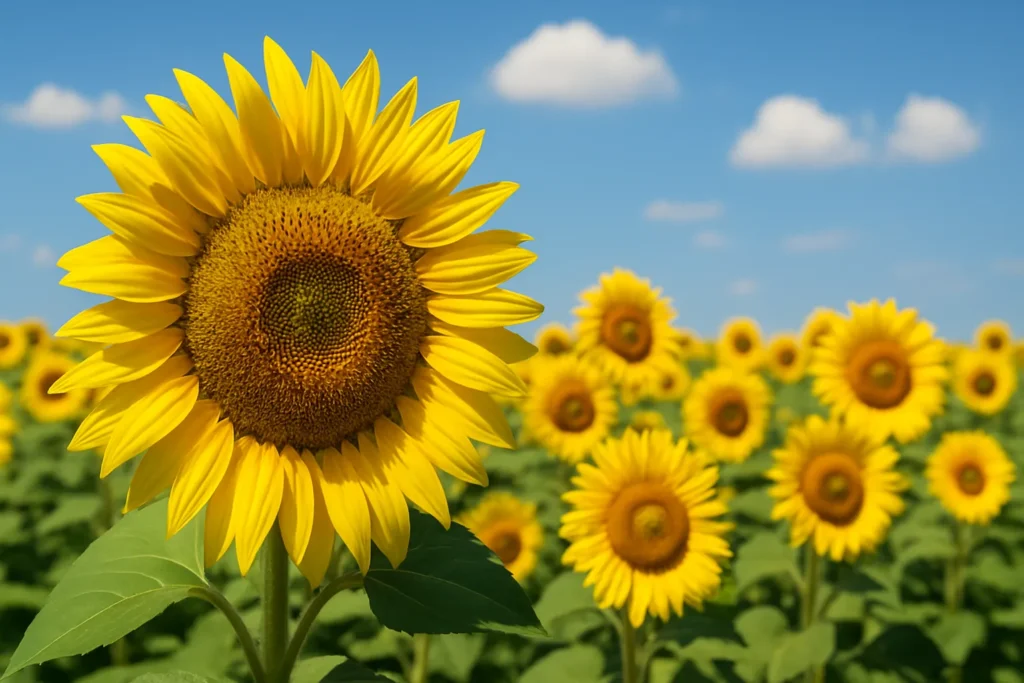
The sunflower is much more than a pretty face—it’s a flower steeped in symbolism and meaning around the globe. In India, where it’s known as suryamukhi or surajmukhi, the plant’s connection to the sun has made it a symbol of positivity, loyalty, admiration, and longevity. Native Americans used sunflowers in rituals, food, and medicine, valuing both their utility and symbolism.
In China, sunflowers represent good fortune and a long life. In Victorian England, giving sunflowers was seen as a gesture of gratitude and a wish for good luck.
Looking for more golden blooms to add meaning and beauty to your space? Don’t miss out on the Golden Plants—another group of plants cherished for their radiant hues and symbolism.
Growing and Caring for Sunflowers
If you’re thinking about adding surajmukhi plants to your garden, you’re in luck—they’re easy for even beginners to grow. Here’s what you’ll need:
- Sunshine: As their name suggests, sunflowers love full sun.
- Space: Give each plant enough room to spread its roots and branches.
- Water: Consistent watering is essential, especially as the plants grow taller.
- Soil: While they can tolerate a range of soils, well-drained soil is best.
Plant your seeds after the last frost, ensuring the soil is warm enough to encourage germination. Tall varieties need support, especially in windy areas—an important tip if you’re growing sunflowers on a balcony or in an open space.
Curious how surajmukhi compare to other robust bloomers? Check out the Calendula Flower—it’s another easy-to-grow favorite with equally cheery flowers and excellent medicinal properties.
Sunflowers in Everyday Life: Beauty, Nutrition, and More
Sunflowers are not just gorgeous—they’re also incredibly useful. Its seeds are popular for snacking, baking, and making healthy oils. It’s oil, in particular, is praised for its light flavor and health benefits in cooking. Beyond that, sunflowers and their extracts have been used in traditional medicine and natural dyes.
For those who love adding color to their homes, sunflower heads make long-lasting, striking cut flowers. Shorter varieties are perfect for small gardens or pots.
Gardeners and home decorators alike looking for garden safety ideas should consider the invisible balcony grill. This innovative solution helps keep your space open and bright while ensuring safety—perfect for enjoying sunflowers and other plants on high-rise balconies, without blocking sunlight or your view.
Still in search of vibrant, sunny blooms for your home? The Marigold Flower is another must-have—easy to grow, wonderfully fragrant, and a staple in traditional decor and festivals.
Unique Sunflowers Fit for Collections
Are you a plant collector or looking to add something extraordinary to your garden? Here’s a glance at rare and hybrid sunflowers bound to be conversation starters:
| Variety | Color(s) | Height | Unique Feature |
| Moulin Rouge | Deep burgundy | ~4 feet | Sun-fade resistant petals |
| Crimson Blaze | Two-tone red/yellow | 5–6 feet | Branching, many blooms |
| Teddy Bear | Double yellow | ~2 feet | Fluffy, edible petals |
| Chianti | Deep red, pollen-free | 4–6 feet | Multiple flowers |
| Little Becka | Orange “halo” blend | 1–2 feet | Compact, ideal for small gardens |
And for lovers of wild-looking plants, the Chakramarda Plant is worth discovering; it’s known for its resilience and unique, eye-catching appearance in Indian gardens.
On your plant journey, you might also stumble on the spectacular Allamanda Schottii, a tropical climber with bright yellow, trumpet-shaped flowers—a perfect companion to sunflower’s upbeat vibe.
Conclusion
From towering giants in fields to petite varieties for tabletops, the suryamukhi, surajmukhi, or simply sunflower, continues to captivate us. Its story is rooted in tradition, beauty, utility, and adaptability. Whether you’re looking for a plant to cheer up your garden, add a pop of color, or bring positivity into your home, the surajmukhi—across its many forms and shades—is a great pick for all ages.
Let the sunflower’s bright, sunny outlook inspire you to bring more natural joy and energy into your life. After all, there’s something magical about a flower that always faces the light.

